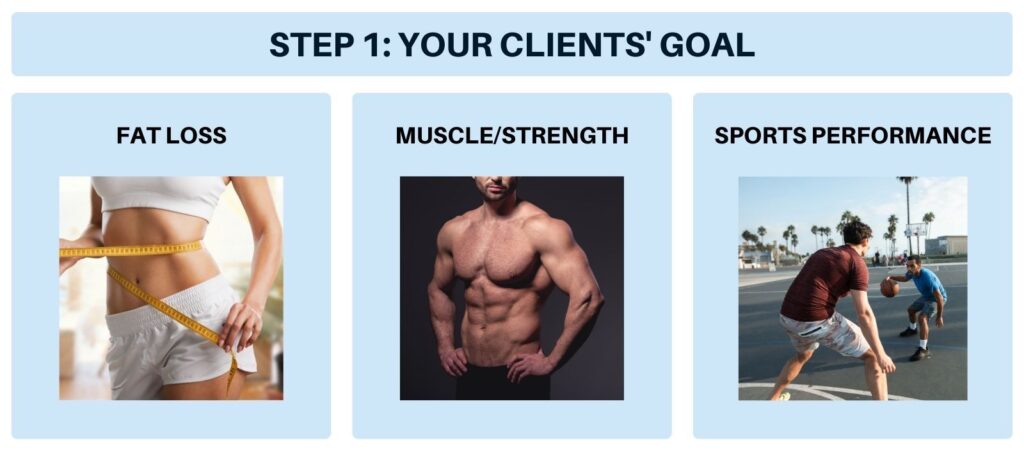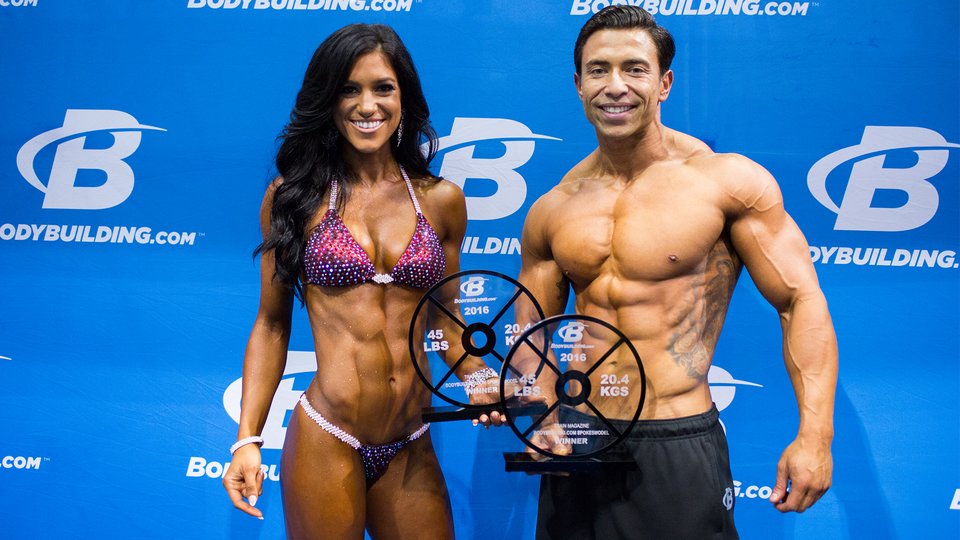To write a program for a client and keep them engaged in bodybuilding, start with a clear goal-setting session. Design personalized workouts and nutrition plans based on their needs.
Clients seek tailored fitness solutions that deliver results. Begin with an in-depth consultation to understand their goals, preferences, and limitations. This helps in crafting a customized program that aligns with their aspirations. Implement a mix of strength training, cardio, and flexibility exercises to ensure a balanced regimen.
Regular progress tracking and adjustments keep the client motivated and on track. Effective communication and support are crucial. Offer encouragement and feedback to build trust and foster a positive relationship. This personalized approach ensures client satisfaction and long-term engagement in their bodybuilding journey.

Credit: www.facebook.com
Understanding Client Needs
Start with an initial consultation. Talk to the client about their goals. Ask questions to learn what they need. Write down all the important points. This helps in understanding the client’s expectations.
Gather all the requirements. Ask for detailed information. Find out the specific features they want. Document everything in a clear and organized way. This will help in creating a focused plan.
Planning The Program
Set clear and specific goals for the client. Understand their bodybuilding aspirations. Are they looking to gain muscle mass or lose fat? This helps in tailoring a personalized program. Make sure the goals are realistic and achievable. Discuss short-term and long-term goals. Keep goals measurable and time-bound. This ensures progress can be tracked effectively.
Create a detailed timeline for the program. Break it down into weekly and monthly segments. Specify milestones to hit at each stage. This helps in keeping the client motivated. Adjust timelines based on progress. Make it flexible enough to incorporate any changes. Regularly review and update the timeline as needed.
Designing The Workout Routine
Choose exercises that work multiple muscle groups. This helps build strength faster. Compound movements like squats and deadlifts are great. Also, include isolation exercises such as bicep curls. This ensures all muscles get attention. Mix both types for a balanced routine. Always consider the client’s fitness level.
Determine how often the client should workout. Three to four times a week is ideal for most. Beginners may start with two days. Advanced lifters can handle more. Make sure to include rest days. Rest is crucial for muscle recovery. Balance workouts and rest for best results.
Creating A Nutrition Plan
First, calculate the daily caloric needs. Use the client’s weight and activity level. Multiply their weight in pounds by 15 if they are very active. Use 13 for moderate activity. This gives the calories needed to maintain their current weight.
Divide the total calories into macronutrients. Protein should be 30% of the total calories. Carbohydrates should make up 50%. The remaining 20% should come from fats. This helps the client build muscle and stay healthy.
Tracking Progress
Use progress metrics to track a client’s bodybuilding journey. Important metrics include weight, muscle mass, and fat percentage. Regular updates are crucial.
Adjustments may be necessary based on progress. Strength levels and endurance are also key metrics. Keep a record of all measurements.
A simple table can help in organizing these metrics:
| Metric | Initial | Current |
|---|---|---|
| Weight | 70 kg | 75 kg |
| Muscle Mass | 30% | 35% |
| Fat Percentage | 20% | 15% |
This helps in visualizing progress. Clients feel motivated seeing their improvements. Consistent tracking ensures better results.

Credit: www.girlsgonestrong.com
Communication With The Client
Crafting a program tailored to a client’s bodybuilding goals demands clear communication. Establish expectations, discuss progress, and adjust routines based on feedback.
Regular Check-ins
Communicating with the client is crucial. Regular check-ins help keep the project on track. Discussing progress ensures the client is happy. It also helps in identifying any issues early. Regular meetings build trust and transparency. Feedback should be clear and actionable. This helps to improve the program quickly. Always ask for the client’s input. This makes them feel involved and valued.
Feedback Mechanisms
Setting up feedback mechanisms is key. Use surveys to gather client opinions. These can be simple and easy to fill out. Email is another way to get feedback. Make sure to respond promptly to emails. Feedback should be reviewed regularly. Implement changes based on the feedback. This shows you care about the client’s needs. It also helps improve the quality of the program.
Addressing Challenges
Clients often face unclear requirements. This makes programming hard. Sometimes, there are time constraints. Deadlines can be tight. Communication gaps also cause issues. Clients and developers may not understand each other. Changing requirements can disrupt progress. New features might be needed halfway through the project.
Always clarify requirements first. Ask lots of questions. Use project management tools. These help track progress. Regular meetings with clients are important. Keep them updated. Flexibility is key. Be ready for changes. Document everything. This avoids confusion later.
Ensuring Client Motivation
Clients need motivation to stick with a program. Use positive reinforcement to encourage them. Give praise for their effort and progress. Set small, achievable goals to keep them on track. These goals help them see quick wins. Offer rewards for hitting milestones. Rewards can be simple, like a new workout gear. Keep the program fun and varied. Change routines to avoid boredom. A happy client stays motivated longer.
Marking milestones is vital. Celebrate each achievement with enthusiasm. This builds their confidence. Use a chart to track progress. Clients love seeing their growth visually. Host a small celebration for big milestones. It could be a social media shoutout. Or a special workout session. Celebrations make clients feel valued. They stay committed to their goals.

Credit: www.instagram.com
Frequently Asked Questions
How To Write A Fitness Program For Clients?
Begin with a client assessment. Set clear goals. Create a balanced routine including cardio, strength, and flexibility. Schedule regular progress reviews. Adjust as needed.
How To Write A Bodybuilding Program?
To write a bodybuilding program, set clear goals, choose compound exercises, plan progressive overload, ensure adequate rest, and track progress.
When Developing An Exercise Program For A Client?
Develop an exercise program by assessing the client’s fitness level, setting clear goals, and including varied exercises. Ensure proper form, monitor progress, and adjust as needed.
How To Write A Pt Program?
To write a PT program, identify goals, assess fitness levels, and plan progressive exercises. Include warm-ups, strength training, cardio, and cool-downs. Adjust as needed.
Conclusion
Writing a successful program for a client is essential for their bodybuilding journey. Clear communication and tailored plans build trust. Regularly track progress to ensure goals are met. By following these guidelines, you can foster a lasting, productive relationship and help your client achieve their bodybuilding aspirations.











